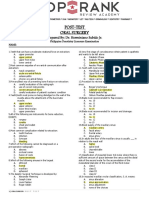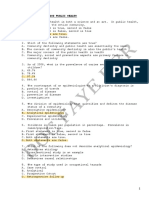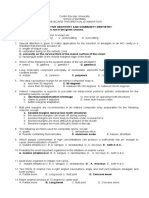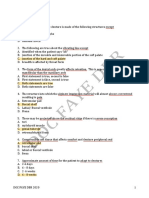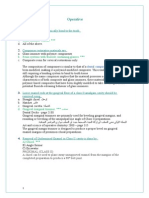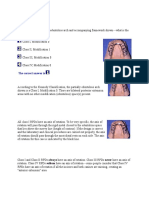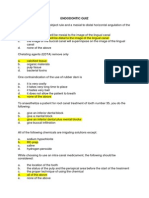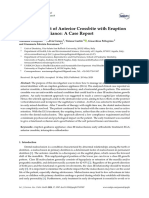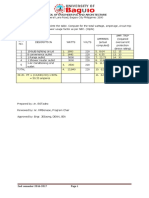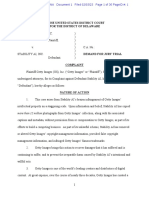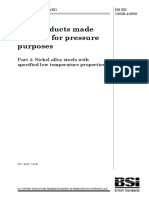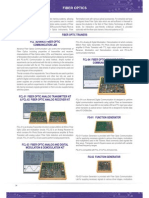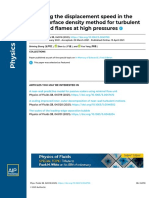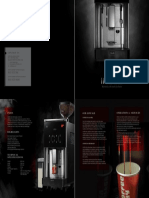0% found this document useful (0 votes)
398 views9 pagesOral Surgery, Oral Diagnosis and Roentgenology: Cluster V
The document discusses various topics in oral surgery, oral diagnosis, and roentgenology. It includes questions about alveoloplasty procedures, the use of hydroxylapatite for alveolar ridge augmentation, factors that affect the success of free gingival graft procedures, reasons for sectioning impacted third molars during removal, principles of localized alveolar osteitis dressings, characteristics of replacement resorption, the most common surgical procedure used to correct maxillary retrognathia, descriptions of osseointegrated implants, laboratory tests useful for evaluating surgical risk in patients on anticoagulant therapy, common sources of bone marrow grafts, surgical blades used for incision and drainage, conditions the Z
Uploaded by
tsukiyaCopyright
© © All Rights Reserved
We take content rights seriously. If you suspect this is your content, claim it here.
Available Formats
Download as DOCX, PDF, TXT or read online on Scribd
0% found this document useful (0 votes)
398 views9 pagesOral Surgery, Oral Diagnosis and Roentgenology: Cluster V
The document discusses various topics in oral surgery, oral diagnosis, and roentgenology. It includes questions about alveoloplasty procedures, the use of hydroxylapatite for alveolar ridge augmentation, factors that affect the success of free gingival graft procedures, reasons for sectioning impacted third molars during removal, principles of localized alveolar osteitis dressings, characteristics of replacement resorption, the most common surgical procedure used to correct maxillary retrognathia, descriptions of osseointegrated implants, laboratory tests useful for evaluating surgical risk in patients on anticoagulant therapy, common sources of bone marrow grafts, surgical blades used for incision and drainage, conditions the Z
Uploaded by
tsukiyaCopyright
© © All Rights Reserved
We take content rights seriously. If you suspect this is your content, claim it here.
Available Formats
Download as DOCX, PDF, TXT or read online on Scribd
/ 9




